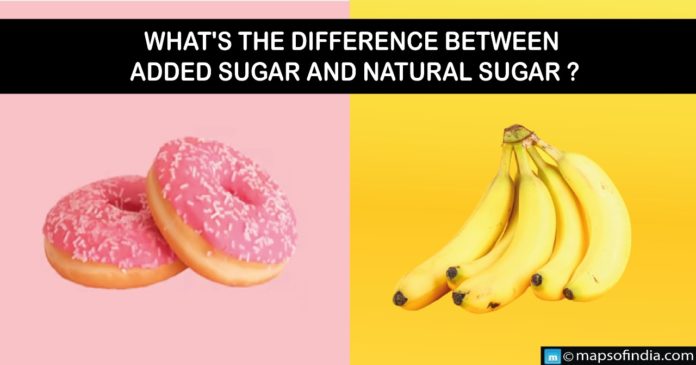What is Sugar?
In simple terms, sugar is a form of carbohydrate that contains carbon, hydrogen, and oxygen. Whenever you consume carbohydrates, they are digested and broken down into glucose. Glucose works as the energy source for cells throughout the entire human body, including your brain and nervous system.
Types of sugar:
Carbohydrates are of two forms: simple and complex. The difference between the two forms is how quickly they can be consumed, digested and absorbed, which is decided and known by their chemical structure. Complex carbohydrates are not formed by less than three or more sugar molecules, whereas simple carbohydrates are made of either monosaccharides or two disaccharides.
The four most common forms of simple sugars consist of
Glucose, Fructose (fruit sugar), Sucrose (table sugar), Lactose (dairy sugar). These four types of sugar can be classified further into the natural sources of sugar and added forms of sugar.
The difference between added and natural sugar:
When we think of sugar, The first visions that come to mind are sweets, chocolates, muffins, candies and ice creams. The type of sugar in candies, chocolates and most sweet soft drinks are known as added sugar. As you would feel, this form of sugar is extra, added to the foods and beverages to increase their taste, flavour, colour and texture. In short, this type of sugar adds only calories. Therefore, you cannot gain any particular nutritional value from added sugar, commonly known as empty calories.
Below listed are examples of invisible sources of added sugar:
Cane Juice
Cane Sugar
Coconut Sugar
Corn Syrup
Corn Syrup Solid
Agave Nectar
Barley Malt Syrup
Brown Sugar
Brown Rice Syrup
Most dairy products like yoghurt have natural sugars but often contain a remarkable amount of added caloric sweeteners for enhancing flavour. If you want to know and calculate the number of natural sugars in food and beverage, you can subtract the added sugar number from the total sugar value. And always keep in mind that the ingredients list mentioned on any food panel goes by weight. So if a food list or product has used and mentioned sugar as the first ingredient, it’s more likely to have poor nutritional value and be calorically high.
Always try to consume natural sugars like fruit because they are packed with many nutritional benefits and high amounts of fibre over foods that contain high amounts of added sugars.
Before reading the food label, always purchase any food product and keep your added sugar intake to no more than five teaspoons daily.
Try to add healthy sources of added sugar in your diet like honey and coconut sugar. These choices contain nutritional advantages as they contain small amounts of vitamins and minerals. However, that doesn’t mean you should start consuming them into your diet in massive quantities. Intake natural sugar rather than added sugars; stay healthy and fit.





